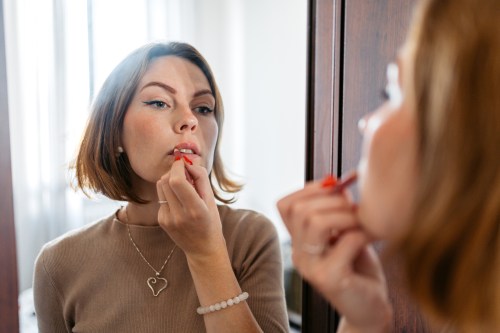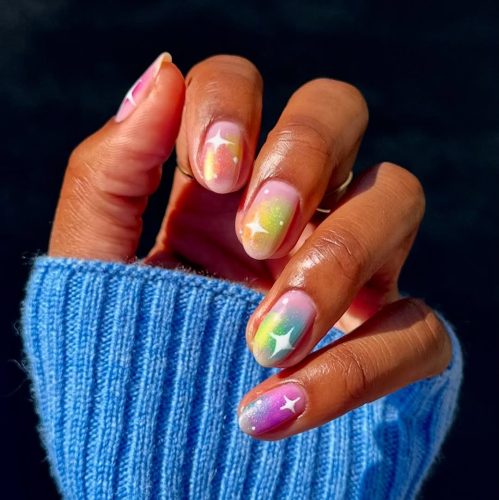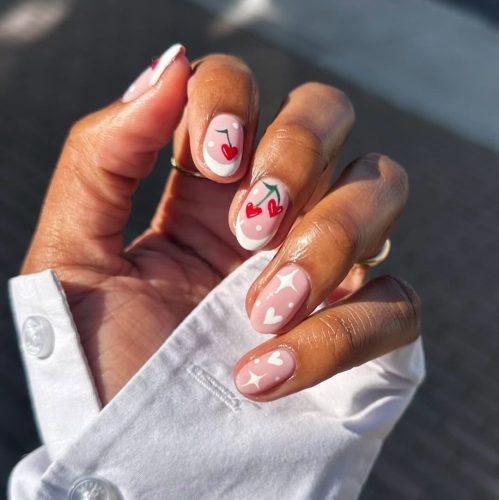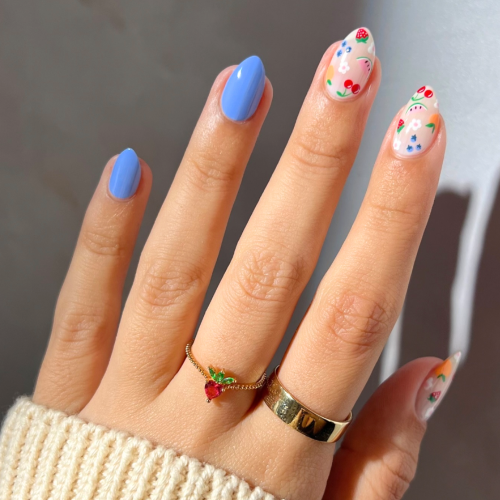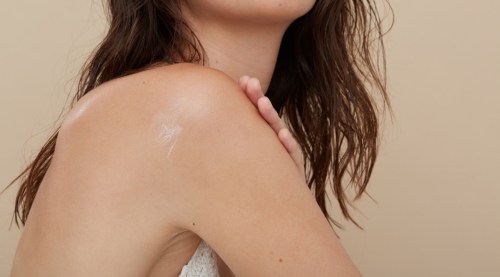Three nail salon founders on what really makes a manicure clean
This is what actually makes a clean manicure, according to three women who founded leading nail salons called cote, sundays, and Mini Luxe.
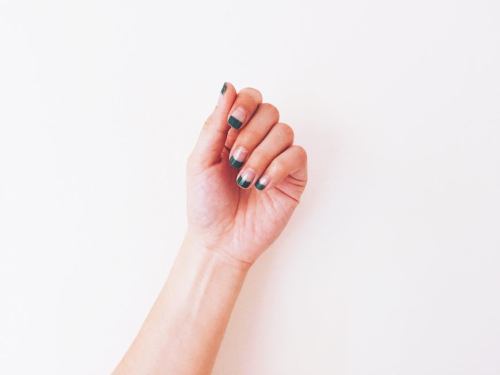
Think getting a clean manicure is about selecting the nail polish with the longest “made without” ingredient list? That’s just the start. Because as the nation’s coolest nail salons are showing, a truly clean mani or pedi not only taps 11-free polishes (which skip dicey ingredients like formaldehyde, toluene and DBT) along with clean cuticle oils and lotions, but is done in a salon that lightens its environmental footprint and creates an elevated professional experience (and yes, more money) for its employees.
In short, today’s healthy manicure is not only kind on the body but clean on the conscious. To see how our own nail spots stack up against these ethically sound, environmentally smart and stylistically dope counterparts, we asked the founders of three leading nail salons, each with their own lines of low-toxicity polishes, what they do to create the cleanest manis in the game. More on that now.
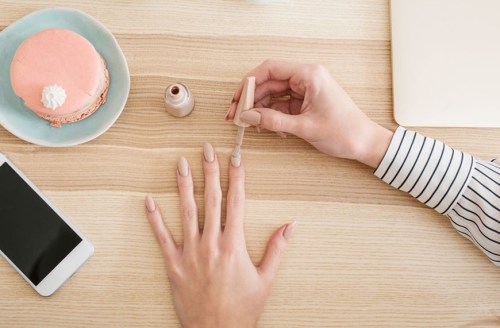
Reducing nail salon waste
Whether dining out or getting your hair colored, it’s easy to overlook the amount of waste being generated when someone else is doing the work—and sitting for nail services is no different. According to côte co-founder Mary Lennon, “recycling is key” when it comes to reducing a nail shop’s environmental impact. The nail salon with Los Angeles and New York locations works with an environmental service company primed to recycle nail polish. “We make sure to recycle all used bottles of polish from our shops and encourage our customers to bring in empties for recycling by offering 10 percent off the purchase of a new polish with every empty bottle brought in,” she says.
Côte also minimizes water usage by offering waterless manicures while New York-based salon sundays uses eco-friendly cleaners when scrubbing down the facilities. To see how your salon measures, ask about its recycling and cleaning practices.
Cutting the chemical load
One of the most visible ways in which salons flex clean street cred is by cutting acrylic services (as they can create airborne irritants) and building nail polish collections with formulas free of formaldehyde and other harmful chemicals. But past the paint, there’s plenty nail studios are doing to create a cleaner experience for clients.
Consider the other products a salon uses in a typical service: a clean salon swaps traditional nail polish remover for low acetone options (as does MiniLuxe, a collection of nail studios in Boston, Dallas, Rhode Island and Los Angeles) and skips supersize lotions made for salon use. “Typically, lotions sold to nail salons use so many preservatives—some formulas have about 60,” notes sundays founder Amy Ling Lin. “They add all these preservatives so the bottle will last for 10 to 20 years.” For her part, Lin manufacturers her own lotion using botanical-based preservatives (like grapefruit oil) and in quantities that last three-to-four weeks to guarantee freshness.
To help reduce the spread of fungus and disease, MiniLuxe employs simple practices (like ensuring its employees use a brush, not fingers, to clean up polish that lands outside the client’s nail) and more costly measures alike: the company is hyper-vigilant about cleaning the tools used during a service and boasts its own “Clean Lab” in each salon dedicated to the task. Non-metal tools like files and buffers are given to clients to take home after one use, while metal tools (like nippers, pushers, and clippers) are hand scrubbed and treated in an ultrasonic solution before being sealed in pouches and sterilized in a medical-grade, bacteria-killing autoclave.
Plenty of salons will rip open a sterilization pack in front of a customer’s very eyes, giving the impression that the tools inside have been properly cleaned. But as Sarah Shapori, head of marketing and business development at MiniLuxe points out, the existence of the bags themselves do not guarantee sterilization of the tools inside. “Some salons simply place unsterilized tools in the sterilization packets and bring it out to you so you feel safe,” she notes. “It gives a false sense of security.” To ensure the tools inside are actually clean, ask to see the sealed pouch, which will feature a window or arrow that darkens after having been run through the autoclave. Or better yet, ask to see the salon’s autoclave before sitting down for a treatment, Shapori advises. Côte and sundays also employ in-salon autoclaves to keep tools sterilized.
Creating healthier work spaces
It’s one thing to go green for eco purposes. But the most ethical salons go green for economic equity, too. That starts with offering employees a living wage—something that may seem like a no-brainer, but as 2015 New York Times exposé on city nail salons showed, it’s a move the industry has been shockingly slow to adopt.
In addition to providing wages that exceed minimum wage and offering employee bonuses, sundays compensates manicurists when their tips fall below 15 percent, but as Lin explains: “Not every culture has a tipping system, and we just want to make sure work gets rewarded.”
Above offering fair compensation to employees, shops like côte and MiniLuxe offer 401K options as well. These options and benefits (including paid time off for MiniLuxe employees) extend past finances and help further a philosophy of salon work as a profession in which one can grow a career while paying a mortgage or for a kid’s education. “You can’t send your kids to school on tips,” notes Shapori. “People in this industry are looked at it as if doing nails is not a career and often, they are made to stay in one place for 20, 30 years with no progression, no investment in the company and no tools to plant roots in community. We’re working to change that.”
To that end, salons like MiniLuxe encourage career building though manager and director training programs while sundays is working to elevate the public’s perception of salon workers. Lin is careful in how her brand depicts its employees—the salon never posts Instagram images in which clients are perched on a pedestal with nail specialists working below them, for example. Each nail specialist also is provided her own bio on the brand’s site and its Instagram feed, something that’s more commonly found in corporate pages and serves to reveal the personality behind the service provider while legitimizing her position in the company. “Our goal is for nail professionals to receive the same type of respect that people give their hair stylists,” Lin says.
If you can’t stop biting your nails, a little mindfulness could work and here’s what to know about the hottest nail trend.
Sign Up for Our Daily Newsletter
Get all the latest in wellness, trends, food, fitness, beauty, and more delivered right to your inbox.
Got it, you've been added to our email list.
